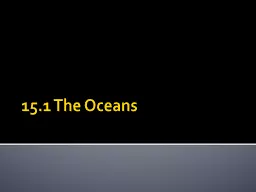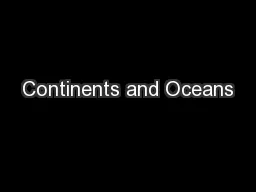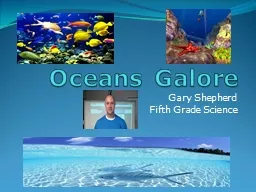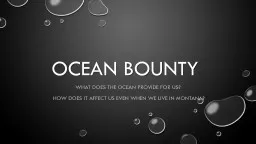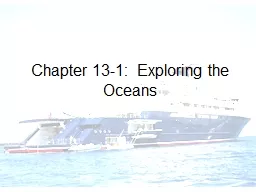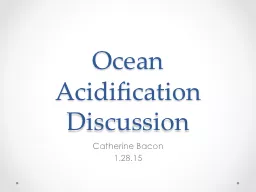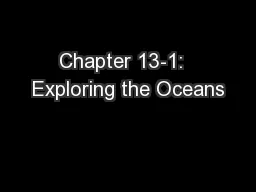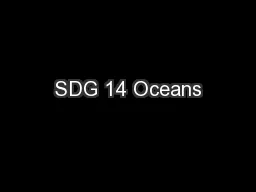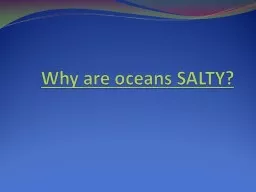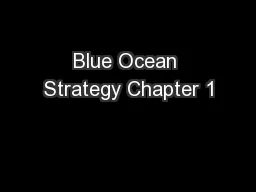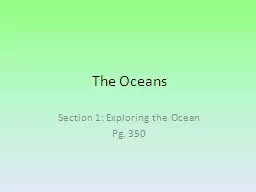PPT-15.1 The Oceans Who has been to an ocean?
Author : myesha-ticknor | Published Date : 2018-03-16
How do we study them Have they always been here Oceanography The scientific study of earths oceans Ocean currents Chemical composition Seafloor sediments amp topography
Presentation Embed Code
Download Presentation
Download Presentation The PPT/PDF document "15.1 The Oceans Who has been to an ocean..." is the property of its rightful owner. Permission is granted to download and print the materials on this website for personal, non-commercial use only, and to display it on your personal computer provided you do not modify the materials and that you retain all copyright notices contained in the materials. By downloading content from our website, you accept the terms of this agreement.
15.1 The Oceans Who has been to an ocean?: Transcript
Download Rules Of Document
"15.1 The Oceans Who has been to an ocean?"The content belongs to its owner. You may download and print it for personal use, without modification, and keep all copyright notices. By downloading, you agree to these terms.
Related Documents

